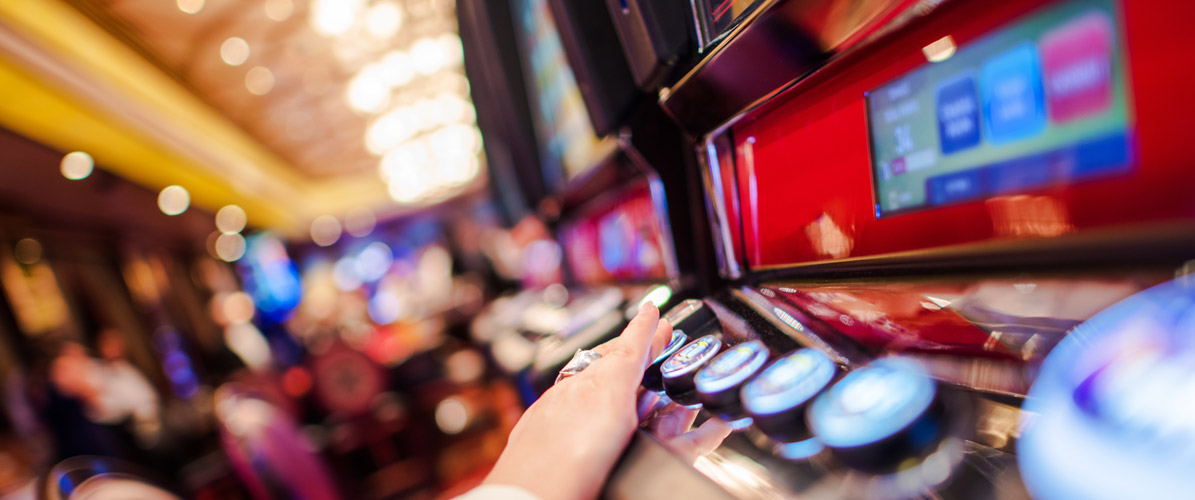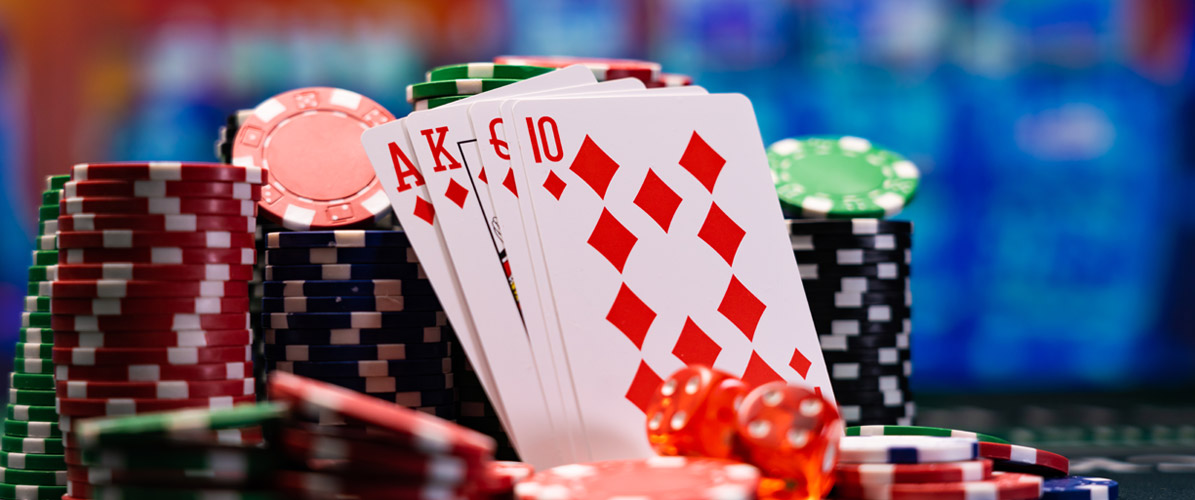
Slots Betting


But the big question here is: "Can big slot bets improve my chances of winning?"
Let's go over some questions and answers with one significant caveat: you can get a higher percentage of rewards and still lose more money. If you bet 40 cents per spin with 90% payback, your average loss will be 4 cents per spin. If you get 95 percent, but bet $4 per spin, then this percentage of losses will be equal to 20 cents per spin.
Make sure your bets do not exceed what you can afford. Don't place bets outside your comfort zone in pursuit of a higher win rate.

How do casinos provide a higher percentage of rewards at higher bets in slots?
They usually give higher reward percentages on games with higher denominations. Thus, games with basic betting units of $1 bring in more than games of 25 cents, which in turn pay more than games of 5 cents, and the latter, respectively, are higher than games of 1 cent.
This can be achieved by expanding the paytable on machines with higher denominations by directing numbers from the random number generator to higher pay symbols, or by defining random numbers in such a way that winning combinations occur more often on machines with higher denominations.
Some slot machines have disproportionately higher winnings when bets increase. And good examples of this are triple reel games with a jump at the top of the jackpot. For example, when you look at the paytable, you can see that the jackpot is 500 coins when betting one coin, 1,000 when betting two coins, but when betting three coins, there is a jump to 2,500 winning coins.
This disproportionate jump in the jackpot results in a higher percentage of total winnings when betting more coins. This applies to progressive jackpot machines as long as the players betting at the appropriate level meet the progressive bet criteria.

Will I get a higher reward for higher bets in slots, staying with one slot machine?
If only there is a disproportionate jump in the paytable as described above. This is rarely seen on multi-line video slots or online slots.
If all wins are proportional to the amount of the bet, then the payout percentage is always almost the same, regardless of whether you are betting one coin per line, two, or any other possible multiple bets.
There are exceptions. On some machines, higher bets will unlock payment symbols. If, for example, the bells are losing symbols when betting one coin per line, but winning when betting at least five coins, then additional winners increase the winning percentage for those who place the corresponding bets.

If I bet $5 per spin in a 1 cent game and $5 in a 25 cent game of the same type, will I get the same win percentage?
In most cases, the winnings will be higher in a 25 cent game, even if the bets are equal.
Most players in a 1 cent game will bet significantly less than $ 5 per spin. For example, if the game has 50 pay lines, the player who bets one coin per line only bets 50 cents per spin, while raising the bets to 10 coins per line brings up to $ 5 per spin in total.
Without disproportionate wins, progressive jackpots or access to large prizes, large bets of 50 cents or $5 on a single $1 machine will bring the same win percentage. But since machines with a higher denomination usually charge higher ROI percentages, someone who placing bets of the same size on a 25 cent machine usually returns a higher percentage.

Can increased slots bets help you win more?
This, of course, is the whole point of the question. As detailed earlier, larger bets can generate a higher win percentage with a disproportionate paytable if you move to machines with higher coin denominations or if symbols are unlocked.
But the bigger bets also have big losses. The choice is yours - it's up to you to decide if the big bets are worth the risk, but smart gamblers don't bet more than they can afford to lose.
It has long been said that the players who make the most profitable deals in slots (in offline and online modes) are those who bet more…
